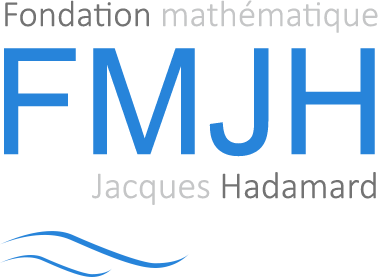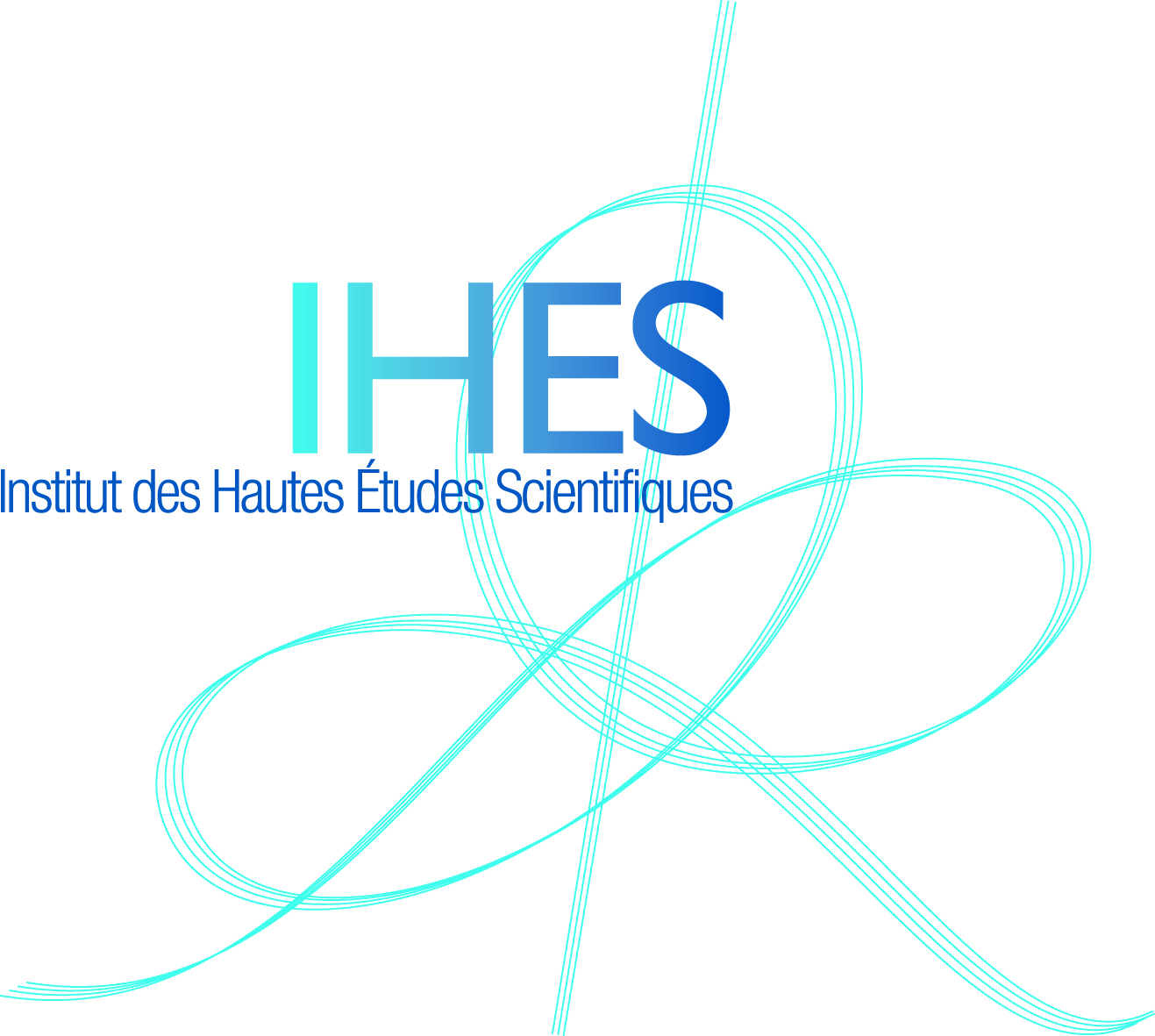Resurgence in Mathematics and Physics
Centre de Conférences Marilyn et James Simons
Le Bois-Marie
Resurgence in Mathematics and Physics
The aim of the conference is to facilitate an interaction between mathematicians and physicists interested in the phenomenon of resurgence, when apparently divergent series correspond to germs of analytic functions in sectors via Borel summation.
We hope that such interaction will bring new ideas in both subjects explaining e.g. analyticitity with respect to various perturbative parameters in physics, convergence of instanton corrections in symplectic topology, the role of the wall-crossing formulas in resurgence, etc.
List of speakers:
Jørgen E. Andersen (Centre for Quantum Geometry of Moduli Spaces, Aarhus University),
Philip Boalch (CNRS & Université Paris-Sud Orsay),
Olivia Dumitrescu (University Central Michigan)
Gerald V. Dunne (University of Connecticut),
Jean Écalle (Université Paris-Sud Orsay),
Bertrand Eynard (IPhT CEA Saclay & IHES),
Toshiaki Fujimori (Keio University),
Stavros Garoufalidis (Max-Planck Institute for Mathematics),
Sergei Gukov (Caltech Pasadena),
Mikhail Kapranov (Kavli & IPMU),
Maxim Kontsevich (IHES),
Marcos Marino (University of Geneva),
Takuro Mochizuki (RIMS & Kyoto University),
Jean-Pierre Ramis (Université Paul Sabatier),
David Sauzin (CNRS-IMCCS),
Ricardo Schiappa (University of Lisbon),
Carlos Simpson (Université Nice-Sophia-Antipolis),
Yan Soibelman (Kansas State University),
Mithat Ünsal (NC State University),
André Voros (IPhT CEA Saclay),
Organising Committee:
Maxim Kontsevich (IHES),
Yan Soibelman (Kansas State University),

avec le soutien de la FMJH 


